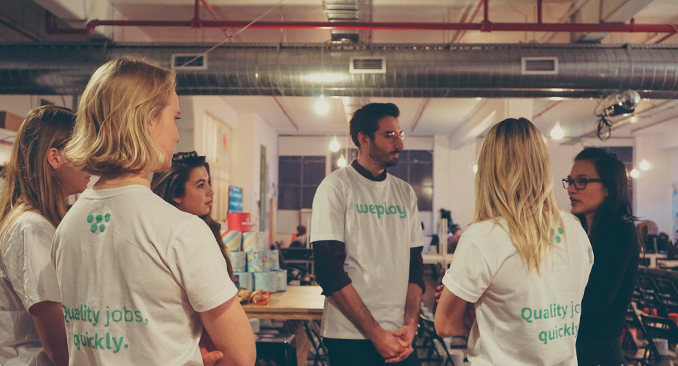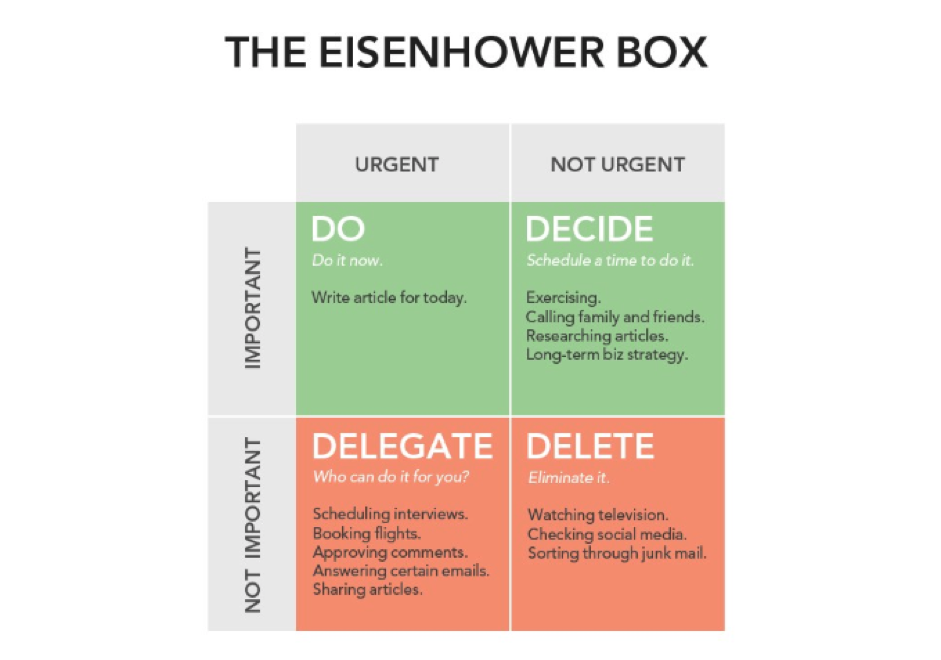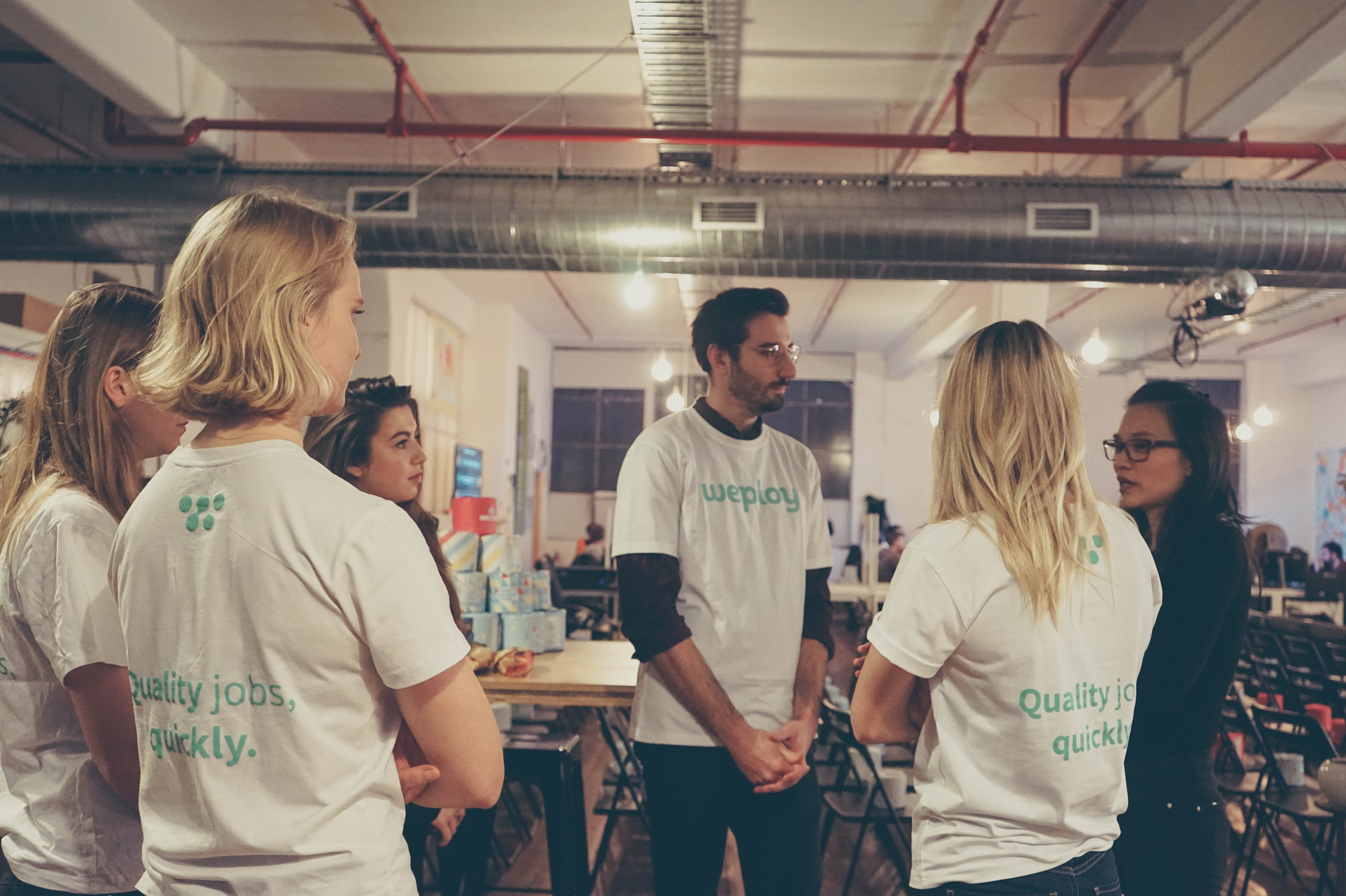How to Improve Productivity at Work- Part 2 of 2

My last post covered how business leaders are looking to build agility and foster innovation into their organisations by using Project teams. Now I want to look at the second approach that came out from my research: breaking down roles into activities and subsequently optimising tasks.
Prioritisation
According to a report by McKinsey, 30%-60% of a front line managers time is spent on administration and meetings. And recent research by The Workforce Institute in Australia claims that by cutting just one hour of non-essential tasks could save organisations AU$22 billion dollars a year. There are many ways to help individuals prioritise tasks.
One such technique came from US President Dwight D. Eisenhower. Drawing upon his experience as the Allied Forces Supreme Commander in the Second World War, he noted:
“What is important is seldom urgent and what is urgent is seldom important”
He devised a simple 2x2 matrix that separates tasks into four categories, with each category determining how you should approach the task.
The Eisenhower Box

Image Credit: jamesclear.com (https://jamesclear.com/eisenhower-box)
There’s no doubting the effectiveness, and I’ve used this method in the past. The problem I found though, was I’d have so many tasks in the Decide and Delegate pile it quickly became unmanageable. One tweak that can help with this problem is to align tasks to an outcome, and rank the outcomes in terms of importance.
Although the Eisenhower priority matrix is not perfect, the really important thing it does is to break up your job into individual tasks - which is a trend I’m seeing with our customers, although with a big difference. Where traditional prioritisation is left to the individual to manage, many leaders are looking more holistically at their teams and the tasks and activities that they comprise.
![]()
Surprisingly, this wasn’t necessarily a major workforce planning exercise that took them months - they simply asked their teams the tasks they do daily and weekly and built a list. From there it becomes quickly apparent which are “value adding” and which are “important but non-value adding”. Once you have a picture of what tasks you want your team to focus on, you can easily identify those that you should look to make more efficient.
I did this myself with the Marketing team at Weploy. Examples of the tasks that are important but not value adding for my core team include:
- Creating a calendar of all events that our target audience attend
- Downloading relevant market reports and pulling stats and quotes
- Organising image library and using consistent naming conventions
- Data enrichment for key accounts
All important - but I don’t want a lean team burdened with tasks that can easily be outsourced. I used my list to build a brief for a Weployee to come in on an ad hoc basis whenever I needed them. I saw the increased output from my team almost immediately.
Automating Work Tasks
There is another way to get rid of non-value adding tasks: Automation. There are some tasks that I have either built or purchased a tool to automate - but it became rapidly apparent there’s only so much I could automate. There is a consistent theme to what tasks can be automated and which cannot;
- The inputs all match specific outputs and this doesn’t change (i.e. it’s very repetitive)
- There’s not a huge number of systems the data has to pass through
- The task will be done this way for a long time
- I have the technical capability and budget to automate and maintain the system
- Limited need for human intervention/creativity/problem solving
Often where automation is the right path, it’s only a small task within a larger activity and I still need a person involved at some point. So the question then remains - should they be part of the core team or can I use contingent staff?
Role Atomisation
For me, this shift of focus from jobs and roles to activities and tasks is one of the most important developments in the quest to increase productivity. Not only do we optimise the task itself but we get a whole range of other benefits such as increasing employee engagement, encouraging mastery of role and interestingly, helping to increase age diversity. Examining role tasks at this level can reveal that there are certain activities that are best outsourced to temporary staff, or better performed by more experienced workers.

A few business leaders explained this role-to-task mapping exercise as “Role Atomisation”. Whatever you decide to call it, after listening to the benefits and relative simplicity in how they achieved success - the first thing I did when I got back to the office was put Role Atomisation firmly in the “DO box” on my Eisenhower matrix.
In conclusion - I’ve highlighted how redefining job roles is helping small to large business leaders discover new efficiencies in the way they're operating. To put this into practise, try listing your job tasks into the Eisenhower box, hire a Weployee to take care of those marked "Delegate", and watch your productivity skyrocket!

Since I joined Weploy earlier this year, I’ve been talking with small to medium business leaders across a wide range of industries. My goal was to understand how customers are using Weploy and what drives them to hire temporary staff. It was immediately clear that they are all trying to increase workforce productivity by boosting agility. But it was how these companies are realising success that I thought was so interesting… In fact, there seemed to be two main strategic approaches that I wanted to share.

When he’s not busy running around Fitzroy Gardens, or one of his four children, Robert is mentor and writer for Startup Smart, a committee member at Chartered Accountants Australia and New Zealand, and is involved with numerous startups working with tech incubators and VC’s. Robert has extensive experience working with enterprises and small businesses in varying industries, and a passion for delivering value and savvy financial structuring at all levels of operation.
One of the biggest problems small business owners experience is lack of time. At Krigsman, we’ve identified a few ways of operating that are essential for us to achieve our overall goals and objectives and ensure we are working as efficiently as we can with our clients.

Businesses of all sizes and industries use temp agencies to help them bring on extra staff quickly when they find themselves in need of support.
It could help them flex up during seasonal peaks or when an unexpected shortage arises. Having instant access to a pool of work-ready business support talent is reassuring in uncertain times or in the event of a crisis
Streamline your hiring
Business support staff with no hidden fees. Start hiring anytime.